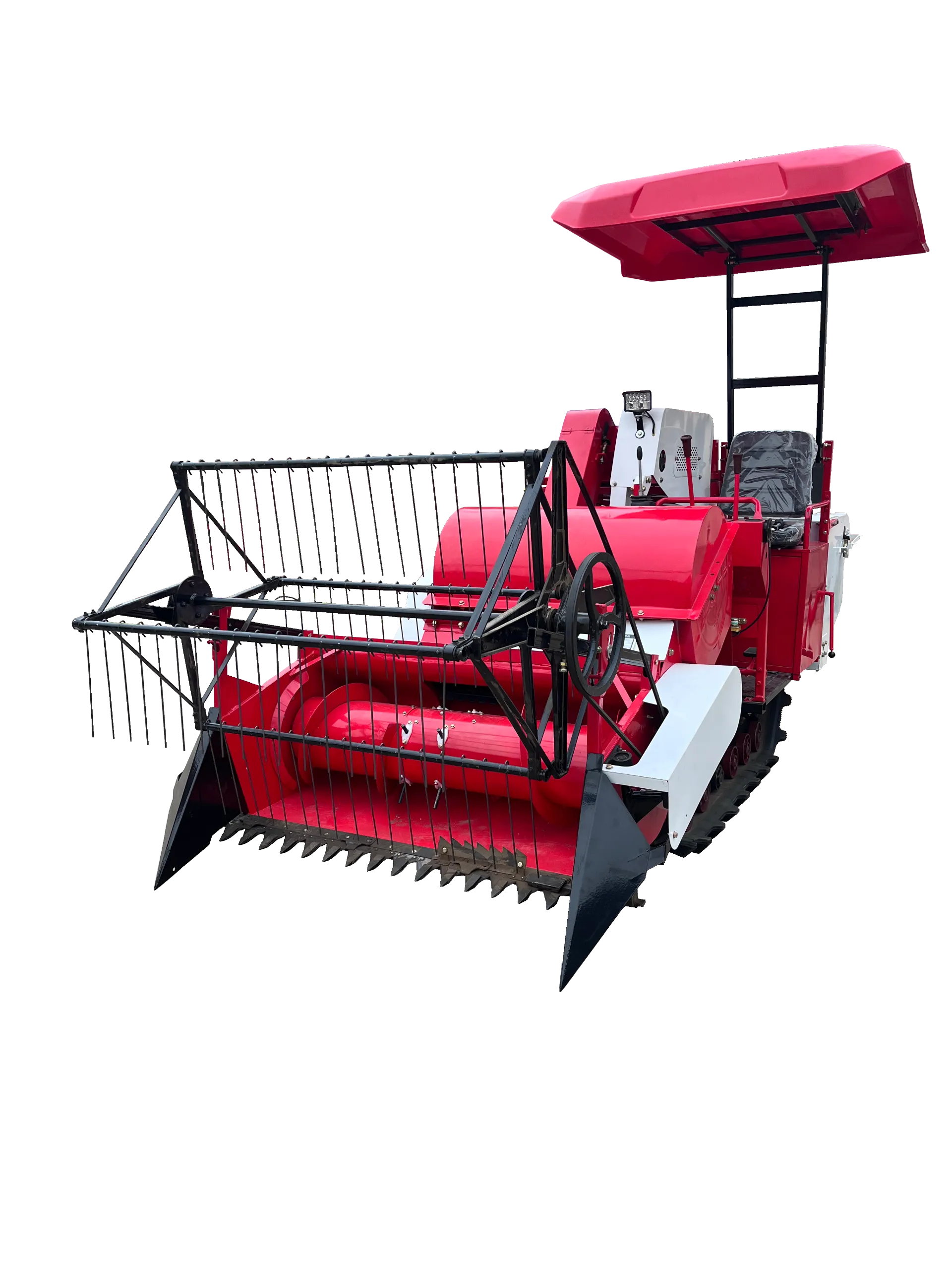Explore the Future of Farming with Innovative Windrower Technology for Enhanced Crop Management
The Evolution and Importance of Windrowers in Agriculture
Windrowers have become an integral part of modern agricultural practices, revolutionizing the way farmers manage their crops, especially when it comes to harvesting and handling forage. These machines, designed to cut and lay crop material in rows for easier collection, have evolved significantly over the years, blending technology with traditional farming practices to enhance efficiency and productivity.
Historical Context
The concept of windrowing can be traced back to the early days of agriculture when farmers relied on manual tools such as sickles and scythes to harvest grain and forage crops. The labor-intensive nature of this method posed challenges, especially during peak harvesting seasons. However, as agricultural needs grew, so did the demand for more efficient tools. The advent of mechanization in the late 19th and early 20th centuries marked a turning point in harvesting technology, leading to the development of machines specifically designed for windrowing.
Modern Windrowers Features and Benefits
Today's windrowers come equipped with advanced technology and features that enhance their functionality. Most modern models are equipped with adjustable cutting heads that can handle various crop types and heights, allowing farmers to customize their approach based on specific field conditions. Additionally, many windrowers are designed with wide cutting widths, which means they can cover larger areas in less time, significantly increasing productivity.
One of the major advantages of using windrowers is their ability to facilitate drying processes. When crops like hay or straw are cut and laid out in neat rows, they can dry more evenly and efficiently. This is crucial for ensuring high-quality forage, which is essential for livestock feed and other agricultural purposes. Adequate drying reduces the risk of spoilage and nutrient loss, thereby maximizing the yield and quality of the final product.
windrower

Environmental Considerations
As the agricultural sector increasingly focuses on sustainability, windrowers play a vital role in reducing environmental impact. By streamlining the harvesting process, these machines help minimize soil disturbance, which can lead to erosion and degradation. Moreover, modern windrowers often prioritize fuel efficiency and lower emissions, making them a more environmentally friendly option compared to older, less efficient equipment.
Challenges and Future Innovations
Despite their numerous benefits, windrowers are not without challenges. Farmers must continuously adapt to changing weather conditions and crop growth patterns, which can affect the efficiency of windrowing operations. Additionally, the initial investment in high-quality windrowing equipment can be significant, posing a barrier for smaller farms.
Looking ahead, innovations in technology promise to further enhance the efficiency of windrowers. Integration with precision agriculture technologies, such as GPS and data analytics, can help farmers optimize their windrowing operations by providing real-time information on field conditions and crop yields. This level of precision can lead to smarter decision-making and more sustainable practices.
Conclusion
Windrowers have come to symbolize the evolution of agricultural technology, reflecting a commitment to efficiency, productivity, and sustainability. As farmers continue to seek new ways to improve their operations, the role of windrowers will likely expand, adapting to meet the challenges of modern agriculture. By investing in innovative equipment and practices, farmers can not only enhance their productivity but also contribute to a more sustainable agricultural landscape.
Latest news
-
When to Upgrade Your Old Forage HarvesterNewsJun.05,2025
-
One Forage Harvester for All Your NeedsNewsJun.05,2025
-
Mastering the Grass Reaper MachineNewsJun.05,2025
-
How Small Farms Make Full Use of Wheat ReaperNewsJun.05,2025
-
Harvesting Wheat the Easy Way: Use a Mini Tractor ReaperNewsJun.05,2025
-
Growing Demand for the Mini Tractor Reaper in AsiaNewsJun.05,2025







